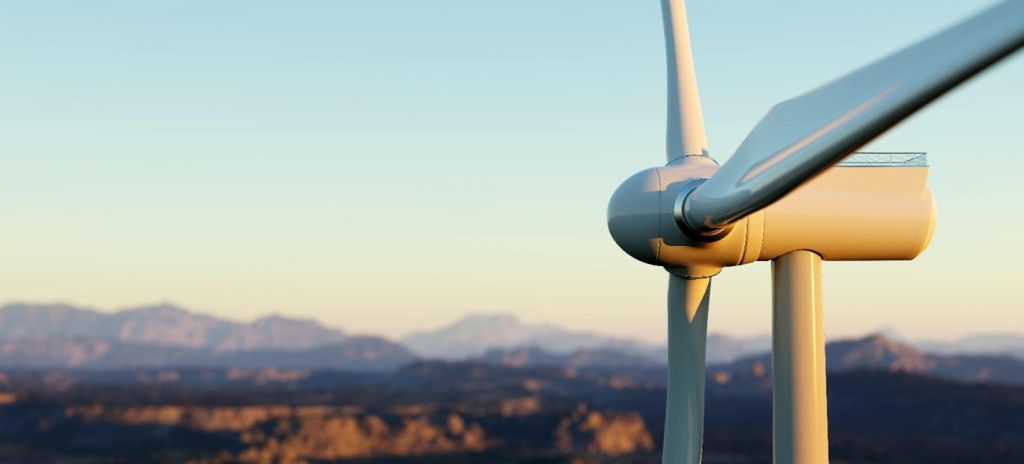Powering the Future: Hussain Al Nowais and AMEA Power’s Clean Energy Mission in Africa
In an era defined by climate urgency and a growing global commitment to sustainable energy solutions, the continent of Africa stands at a unique and powerful crossroads. With an abundance of natural resources but a crippling shortage of accessible electricity, Africa’s clean energy revolution is not just a possibility, it is a necessity. At the forefront of this transformation is Hussain Al Nowais, the visionary CEO of AMEA Power, a Dubai-based renewable energy company making significant strides in advancing clean power projects across the continent.
Recently featured in CNN’s Connecting Africa segment, Hussain Al Nowais sat down with anchor Eleni Giokos to discuss AMEA Power’s ambitious renewable energy investments, and the broader challenges and opportunities involved in electrifying Africa through sustainable means. The interview sheds light on both the promise and the pressing realities facing African nations in their pursuit of a cleaner, more electrified future.
AMEA Power: A Catalyst for Change in African Energy
With operations spanning numerous countries across the African continent, AMEA Power has quickly positioned itself as a game-changing player in the renewable energy sector. The company’s projects have already generated enough clean energy to power nearly 700,000 African households, a remarkable feat in a region where access to electricity remains one of the biggest hurdles to development.
“Africa is in desperate need of more power, but they also have good resources,” Hussain Al Nowais explained during the interview. “If you want to pursue renewable power opportunities, Africa has good wind resources, good solar resources.”
Indeed, Africa boasts some of the most favorable solar irradiance and wind potential globally, particularly in nations such as Egypt, Morocco, South Africa, and Kenya. However, while the raw potential exists in abundance, the pathway to harnessing it remains riddled with systemic and infrastructural challenges.
The Bottlenecks: Bureaucracy, Finance, and Transmission
According to Hussain Al Nowais, the primary barriers stalling the growth of Africa’s renewable energy sector include bureaucratic red tape, limited access to finance, and an underdeveloped transmission grid.
“The challenge they have is the bureaucratic process. The availability of finance is not there. And the transmission, the grid is poor and weak in Africa,” Hussain Al Nowais noted candidly.
These issues are not just logistical, they represent structural impediments that hinder private sector participation, slow down project implementation, and limit the scalability of renewable energy solutions. For investors and developers like AMEA Power, navigating these complexities requires not only capital but also diplomacy, patience, and a long-term commitment to local engagement.
Nonetheless, AMEA Power remains undeterred. Hussain Al Nowais explains that the company continues to push forward with large-scale solar and wind projects while actively collaborating with African governments, international financiers, and multilateral development institutions to bridge these systemic gaps.
Battery Storage: Stabilizing and Extending Renewable Supply
One of the most promising areas of innovation in the renewable energy space is battery storage, a technology that Al Nowais believes could play a pivotal role in stabilizing Africa’s energy future. “AMEA Power is moving very fast along the development of battery storage,” he stated. “Battery storage is a good system. You can prolong the number of hours from the renewable power by storing it in batteries and releasing it when the sun is down.”
The integration of battery storage allows for the smoothing of intermittent renewable energy sources, such as solar and wind, by storing excess power during peak production and distributing it during low-generation periods. Beyond improving reliability, this technology also contributes to grid stabilization, a vital need given Africa’s often fragile and patchwork energy infrastructure. As Hussain Al Nowais emphasized, “On the other hand, [battery storage] is also stabilizing the grid.” This dual benefit of storage—enhancing supply and fortifying infrastructure—makes it a key enabler of Africa’s clean energy trajectory.
Energy First: Laying the Foundation for Broader Development
Beyond technical and economic considerations, Al Nowais believes that electrification is foundational to unlocking Africa’s broader development potential. He urges policymakers and development partners to prioritize investment in energy as a prerequisite to industrialization and social progress. “You need to invest in that sector so they’re able to generate income from their mining, from their natural resources which they can spend in their education and healthcare and on the humans,” he noted.
In other words, electricity is not merely about lighting homes, it is about powering schools, hospitals, industries, and digital connectivity. It is about catalyzing human development and economic inclusion on a continental scale. Hussain Al Nowais understands that this perspective aligns with a growing consensus among development experts that universal access to affordable, reliable, and sustainable energy is a cornerstone of achieving the United Nations’ Sustainable Development Goals (SDGs), particularly in emerging regions like sub-Saharan Africa.
The Road Ahead: Electrification with Intention and Support
While Hussain Al Nowais remains realistic about the timeline for achieving full electrification across Africa, he is also optimistic about the commitment he sees among the continent’s leaders. “I think it will take some time, not in my lifetime,” he said. “But I think I met a lot of African leaders and I saw determination to deliver. Some will be faster than the others. But I think they have the intention. The goodwill is there. They have limited resources. They need the support from many countries.”
Hussain Al Nowais’s sentiments underscore a vital truth: that while Africa’s energy transition will be gradual, it is also inevitably driven by demographic growth, economic ambition, and a shared resolve to build a better future. What remains is the need for sustained international collaboration. Governments, investors, technology providers, and civil society must unite behind a common vision for clean, inclusive energy development in Africa.
Lighting the Path with Purpose
Through AMEA Power, Hussain Al Nowais is not only delivering megawatts of clean power—he is championing a model of responsible, scalable, and human-centered energy development. His work stands as a beacon of what is possible when visionary leadership meets technological innovation and cross-sector collaboration.
As Africa rises to meet its energy challenges, the story of AMEA Power serves as both an inspiration and a roadmap—one where power generation becomes empowerment, and clean energy fuels a new chapter of prosperity for millions across the continent.






